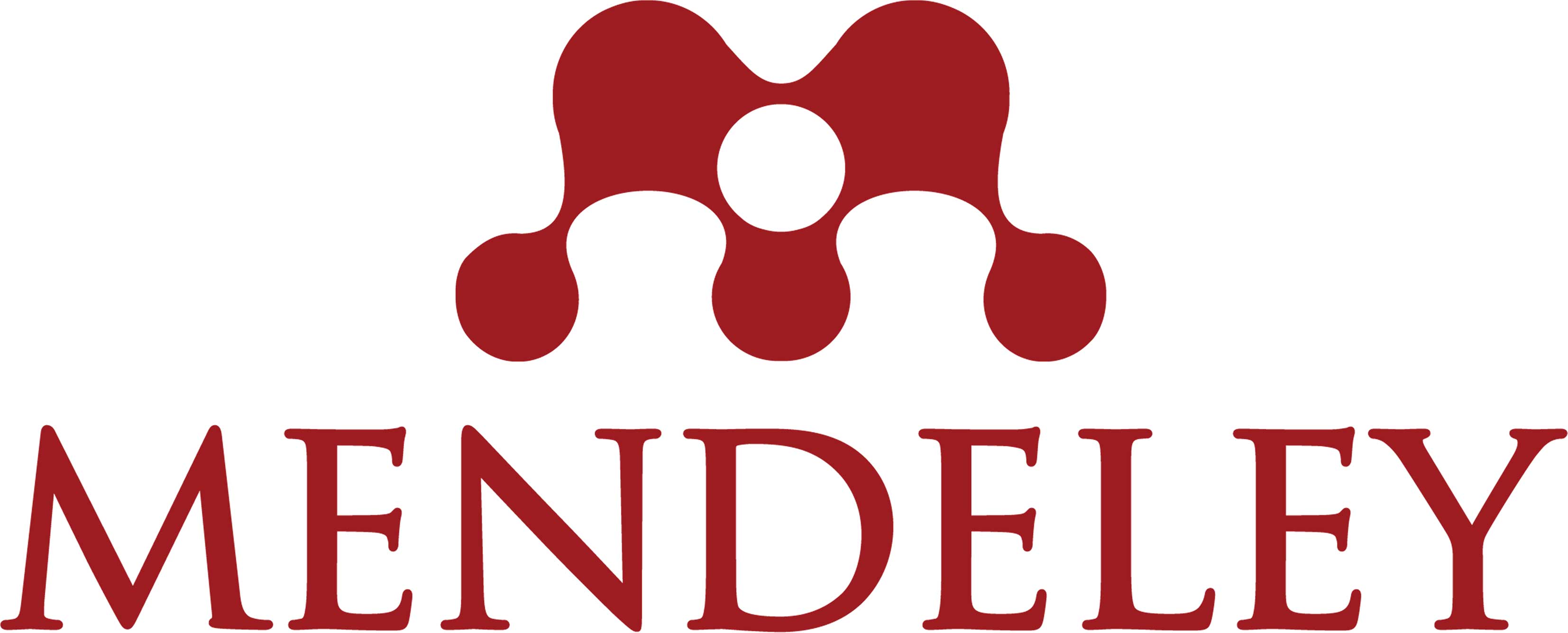THE EFFECTIVENESS OF GROUP COUNSELING COGNITIVE RESTRUCTURING TECHNIQUES TO REDUCE FEAR OF MISSING OUT (FOMO) IN ADOLESCENT SOCIAL MEDIA USERS IN BAYUNG LENCIR
Abstract
Fear of missing out (FoMO) is the behavior of actively accessing social media, continuous access that disturbs the subject, causing feelings of laziness, delays in scheduled activities and concerns about not knowing interesting events that other people are doing. The purpose of this study was to determine the level of fear of missing out (FoMO) in adolescent social media users and the extent to which cognitive restructuring technique group counseling is effective in reducing fear of missing out (FoMO) in adolescent social media users. This type of research is quantitative with an experimental method and uses a one group pretest posttest research design. The population in this study was 77 adolescents with research samples taken using purposive sampling techniques from the results of the pretest treatment, namely 8 people. Furthermore, for data collection techniques, researchers used questionnaires and data analysis techniques were carried out through the Wilcoxon test. The results showed that there was a decrease in the posttest score (high and medium categories with a mean value of 57.5) compared to the pretest results (high and medium categories with a mean value of 75.12). From the data analysis using the Wilcoxon test, it shows that the Zscore value <0.05 with a Zscore value of -2.533, so it can be concluded that group counseling with cognitive restructuring techniques is effective in reducing fear of missing out in adolescents who use social media.
References
Afdilah, I. H., Hidayah, N., & Lasan, B. B. (2020). Fear of Missing Out (FoMO) in Analysis of Cognitive Behavior Therapy (CBT). 501(Icet), 220–223. https://doi.org/10.2991/assehr.k.201204.040
Andi. (2016). Hubungan Interaksi Teman Sebaya dengan Perilaku Konsumtif pada Siswa Kelas XI di SMAN 6 Yogyakarta. E-Jurnal Bimbingan Konseling, 43.
APJII. (2017). Penetrasi dan perilaku pengguna internet Indonesia 2016. In Penetrasi dan Perilaku Pengguna Internet Indonesia.
Arsini, Y., Aisyah, S., & Nurfaridah, K. (2023). keefektifan konseling kognitif restructuring dalam mengurangu kecemasan pada remaja. Jurnal Ilmiah Multidisiplin, 1(12).
Astika, H., Nugroho, R. A., & Dias Mumpuni, S. (2022). Konseling Kelompok untuk Mengurangi Fenomena Fear of Missing Out(FoMO) Remaja Kota Tegal. Jurnal Bimbingan Dan Konseling, 4(2), 46–53. http://journal.univetbantara.ac.id/index.php/advice10.32585/advice.v4i2.2740
Christina, R., Yuniardi, M. S., & Prabowo, A. (2019). Hubungan Tingkat Neurotisme dengan Fear of Missing Out (FoMO) pada Remaja Pengguna Aktif Media Sosial. Indigenous: Jurnal Ilmiah Psikologi, 4(2), 105–117. https://doi.org/10.23917/indigenous.v4i2.8024
Edmawati, M. D., Hambali, I., & Hidayah, N. (2018). Keefektifan Konseling Kelompok dengan Teknik CognitiveRestructuring untuk Mereduksi Body Dysmorphic Disorder. Jurnal Pendidikan, 3(8), 1077.
Fathadhika, S., & Afriani. (2018). Social media engagement sebagai mediator antarafear of missing out dengan kecanduan media sosial pada remaja. Jurnal Psikologi Sains Dan Profesi, 2(3), 213.
Fitri, hartika utami, & Kushendar. (2019). Konseling Kelompok Cognitive Restructuringuntuk Meningkatkan Resiliensi AkademikMahasiswa. Bulletin of Counseling and Psychotherapy, 1(2), 70.
Kelompok, K., Dengan, C. T., & Akademik, P. (2016). Konseling Kelompok Cognitive-Behavior Therapy Dengan Teknik Cognitive Restructuring Untuk Mereduksi Prokrastinasi Akademik. Jurnal Bimbingan Konseling, 5(2), 119–125.
Pratiwi, A., & Fazriani, A. (2020). Hubungan antara fear of missing out (Fomo) dengan kecanduan media sosial pada remaja pengguna media sosial. Jurnal Kesehatan, 9(1), 1–13. https://doi.org/10.37048/kesehatan.v9i1.123
Copyright (c) 2024 Hartika Utami Fitri, Ima Maslahutun, Suryati Suryati

This work is licensed under a Creative Commons Attribution-ShareAlike 4.0 International License.
Authors who publish with this journal agree to the following terms:
1) Authors retain copyright and grant the journal right of first publication with the work simultaneously licensed under a Creative Commons Attribution License that allows others to share the work with an acknowledgment of the work's authorship and initial publication in this journal.
2) Authors are able to enter into separate, additional contractual arrangements for the non-exclusive distribution of the journal's published version of the work (e.g., post it to an institutional repository or publish it in a book), with an acknowledgment of its initial publication in this journal.
3) Authors are permitted and encouraged to post their work online (e.g., in institutional repositories or on their website) prior to and during the submission process, as it can lead to productive exchanges, as well as earlier and greater citation of published work.





